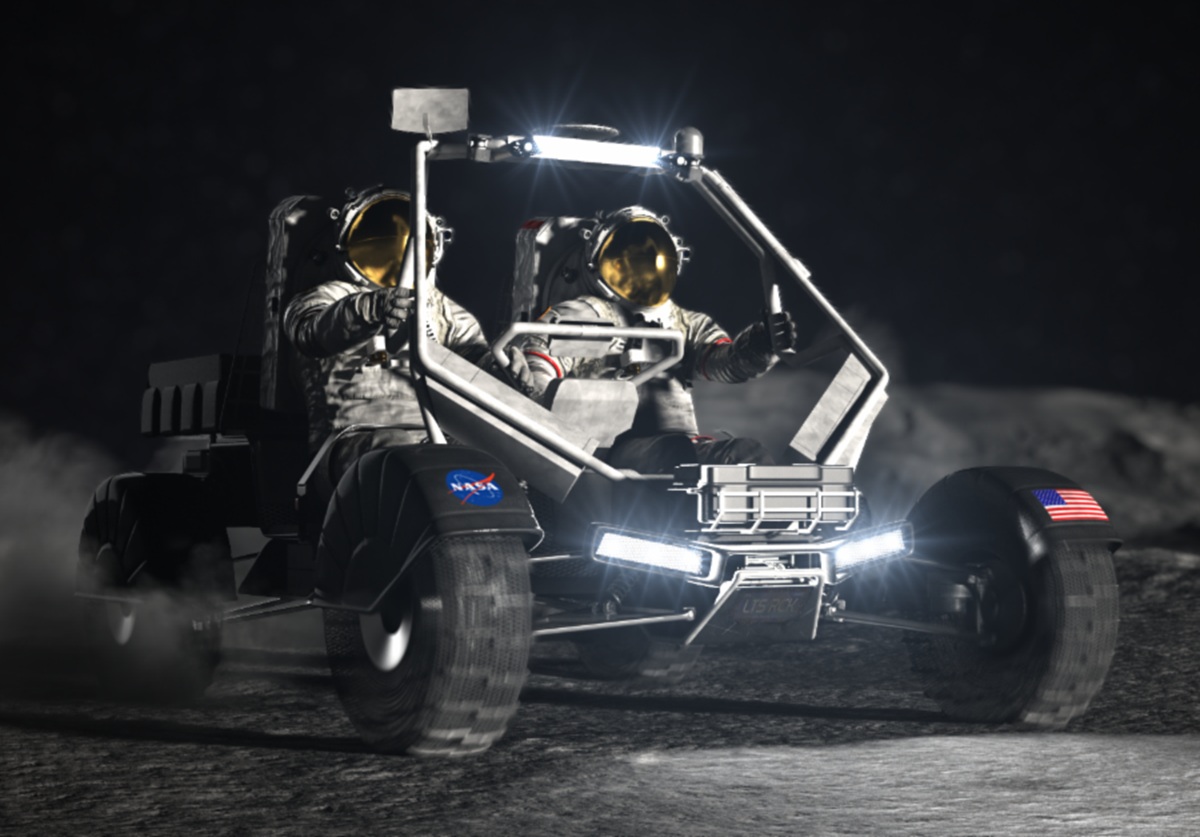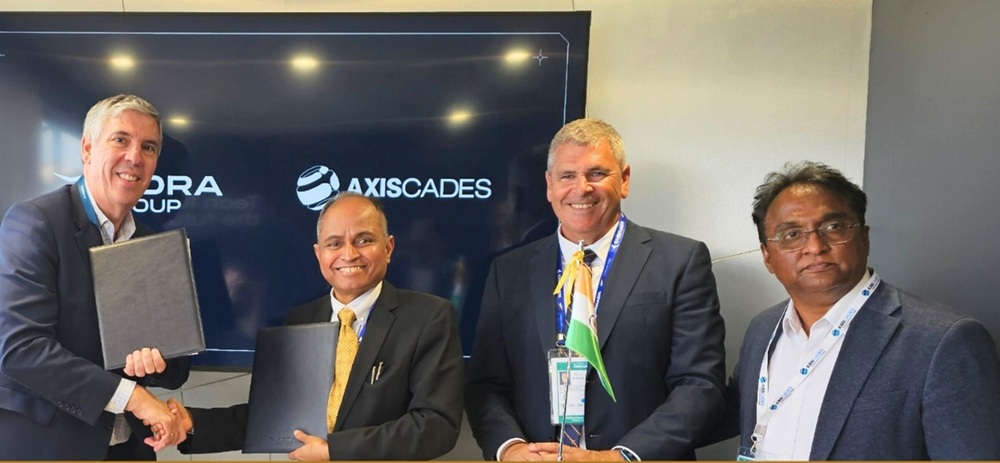NASA has officially selected three cutting-edge scientific instruments destined for the Moon, marking a significant milestone in the Artemis program’s ambitious lunar exploration efforts. Two of these instruments will be integrated onto the Lunar Terrain Vehicle (LTV), a crew-driven rover designed to traverse the Moon’s surface, while the third will be deployed on a future lunar orbital mission.
The LTV represents NASA’s first crewed surface vehicle on the Moon in over five decades, designed to carry two astronauts and operate remotely when uncrewed. This vehicle is a critical element of Artemis, enabling astronauts to explore a broader expanse of the lunar surface, particularly the south polar region, and conduct extensive scientific research. The LTV combines human and robotic capabilities to maximize exploration and scientific discovery.
Nicky Fox, NASA’s Associate Administrator for the Science Mission Directorate, emphasized the importance of the LTV and its instruments, stating, “The Artemis Lunar Terrain Vehicle will transport humanity farther than ever before across the lunar frontier on an epic journey of scientific exploration and discovery”.
The first instrument selected for the LTV is the Artemis Infrared Reflectance and Emission Spectrometer (AIRES). Led by Phil Christensen of Arizona State University, AIRES will identify, quantify, and map lunar minerals and volatile compounds such as water, ammonia, and carbon dioxide. By capturing spectral data over visible light images, AIRES will generate detailed maps of mineral and volatile distribution across the Moon’s south pole, providing critical insights into the lunar surface composition.
The second instrument, the Lunar Microwave Active-Passive Spectrometer (L-MAPS), led by Matthew Siegler from the University of Hawaii at Manoa, will probe beneath the lunar surface to depths of up to 131 feet (40 meters). Using a combination of spectrometry and ground-penetrating radar, L-MAPS will measure temperature, density, and subsurface structures, helping to locate potential ice deposits and characterize the Moon’s subsurface environment.
Together, AIRES and L-MAPS will provide a comprehensive understanding of both the surface and subsurface lunar environment. This knowledge is vital for future human exploration, resource utilization, and unraveling the Moon’s geological history, which in turn sheds light on the evolution of rocky bodies in the solar system.
In addition to these surface instruments, NASA selected the Ultra-Compact Imaging Spectrometer for the Moon (UCIS-Moon) for a future orbital mission. Led by Abigail Fraeman of NASA’s Jet Propulsion Laboratory, UCIS-Moon will provide a broad regional context by mapping the Moon’s geology and volatiles from orbit. This spectrometer will also monitor how human activities impact lunar volatiles and identify scientifically valuable sites for sample collection. UCIS-Moon’s high spatial resolution data on lunar water, mineralogy, and thermal properties will complement the detailed surface data collected by the LTV instruments.
Joel Kearns, Deputy Associate Administrator for Exploration at NASA’s Science Mission Directorate, highlighted the synergy of these instruments: “Together, these three scientific instruments will make significant progress in answering key questions about what minerals and volatiles are present on and under the surface of the Moon”.
NASA’s selection follows rigorous preliminary design reviews of the LTV by three commercial vendors: Intuitive Machines, Lunar Outpost, and Venturi Astrolab. These companies are advancing the development of the LTV, which NASA plans to contract as a service rather than own outright. The LTV will feature advanced power management, autonomous driving, and state-of-the-art communications and navigation systems, enabling it to operate both with astronauts aboard and remotely between crewed missions.
The Artemis program aims to establish a sustainable human presence on the Moon, focusing on scientific discovery, economic development, and preparing for future crewed missions to Mars. By integrating human and robotic exploration, Artemis will answer fundamental questions about the Moon’s resources, environment, and history, while demonstrating technologies and capabilities essential for deep space exploration.
NASA expects to finalize the selection of the LTV vendor and demonstration mission by the end of 2025. The Artemis missions, starting with crewed landings near the lunar south pole, will leverage these new instruments and vehicles to explore uncharted lunar terrain, unlocking secrets of Earth’s nearest celestial neighbor and paving the way for humanity’s next giant leap into the solar system.
This latest announcement underscores NASA’s commitment to pushing the boundaries of lunar exploration through innovative technology and international collaboration, setting the stage for decades of scientific discovery and human presence on the Moon.





